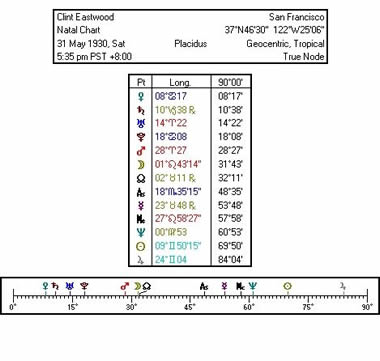Download Fundamental Ephemeris Computations Pdf


Product Details. Closeout - All Sales Final. Title: Fundamental Ephemeris Computations - For Use with JPL Data (Includes C and.
JPL Planetary and LunarEphemerides on CD-ROM, Standish et al. CD-ROM, 1 lb. $24.95 This CD contains three Jet Propulsion Laboratory Planetary and Lunar Ephemerides along with associated reading and interpolating routines. These allow a competent programmer to obtain the rectangular coordinates of the sun, moon, and nine major planets by means of a subroutine written in standard Fortran. DE200: (includes nutations but not librations) JED 2305424.5 (1599 DEC 09) to JED 2513360.5 (2169 MAR 31). This ephemeris has been the basis of the Astronomical Almanac since 1984.
It is based upon the dynamical equator and equinox of J2000. DE405: (includes both nutations and librations) JED 2305424.50 (1599 DEC 09) to JED 2525008.50 (2201 FEB 20). JPLs latest ephemeris, created in May-June, 1997. DE405 is based upon the International Celestial Reference Frame (ICRF), the newly-adopted reference frame of the International Astronomical Union (IAU). The frames of DE200 and DE405 differ by no more than about 0.01 arcseconds.
DE406: the New JPL Long Ephemeris (includes neither nutations nor librations) JED 0625360.50 (3000 FEB 23) to 2816912.50 (+3000 MAY 06). DE406 is the same ephemeris as DE405, though the accuracy of the interpolating polynomials has been lessened (interpolation on the 64-day mesh points remains exact, however). For DE406/LE406, the interpolating accuracy is no worse than 25 meters for any planet and no worse than 1 meter for the moon. About the Author With degrees in both astronomy and physics, Joe Heafner teaches these subjects at Catawba Valley Community College in Hickory, North Carolina and occasionally teaches introductory astronomy at UNC-Charlotte. An active member of the Catawba Valley Astronomy Club, Joe enjoys stargazing of all kinds, giving children their first view of Saturns rings through a telescope, and collecting rare mathematical astronomy and celestial mechanics books. Joe is a member of the American Astronomical Society and the American Association of Physics Teachers.
This is his first book. Heafner, 332 Pages, Hardbound, 6 by 9 inches Includes Source on CDROM (Power BASIC & C) $29.95 Requires Adobe Acrobat 96k file About This Book: Within the last decade there have been many books dealing with the application of personal computers to general problems in celestial mechanics.
So, the reader may ask, Why one more? The most evident reason is the use of approximations. Grand Theft Auto Vice City Softonic. Usually a full verbal explanation of a procedure is given, but when the algorithm is programmed, approximations are often made that, in the final analysis, defeat the power of a computer. Modern microcomputers are wonderful machines, never tiring of performing the same computations over and over again until the user is satisfied with the result.
While it is true that efficient coding often reduces the execution time, the point is that there is no need to make any great approximations until the very end of the computation. For instance, it is generally accepted that it is useless to compute times of sunrise and sunset to an accuracy greater than one minute of time because of the uncertain nature of atmospheric refraction near the horizon and the constantly changing local meteorological conditions. However, why not let the computer perform the computation to the full precision of the machine and then let the user round the result to the nearest minute of time? Another major problem with existing computer-oriented astronomical books is that there has been little or no effort to adopt the computational algorithms used for the preparation of data in the national almanacs, particularly the U.S.
Naval Observatorys Astronomical Almanac. So the primary goal of this book is to present a library of useful PowerBASIC and C subprograms and functions that can be combined to make powerful application programs. Manual Steiner Reloj.
These routines cover both elementary and advanced topics in computational celestial mechanics and spherical astronomy such as time systems, precession, nutation, coordinate transformations, orbital elements and ephemerides, reduction to apparent place, rise/transit/set times for celestial objects, and use of the JPL ephemerides. Care has been taken to present the results of computations in the same form as the corresponding data in the Astronomical Almanac and at least to the same precision. This book is the only one describing how to obtain, process, and use the official Jet Propulsion Laboratory ephemeris data files. The JPL ephemerides form the basis of practically all of the national astronomical almanacs, including the Astronomical Almanac. Many readers will be surprised to learn that these data files are available free from JPL via the Internet or via a CD-ROM prepared by JPL and published by Willmann-Bell ( $24.95 plus $1.00 shipping).